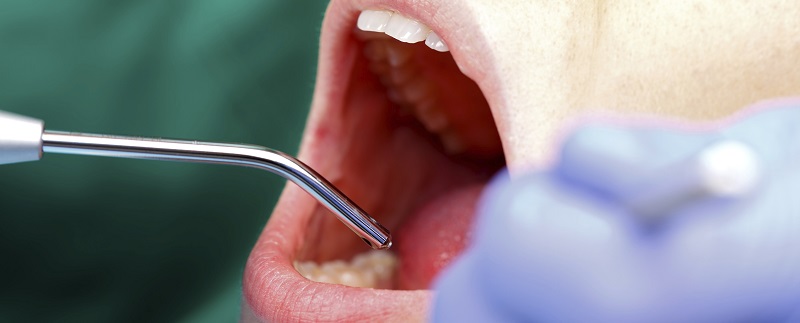
You can browse our registered titles, and all published protocols, reviews and updates using the links to the Cochrane Library evidence below.
(Tip: select Full list > view stage: all to see the most comprehensive titles list)


You can browse our registered titles, and all published protocols, reviews and updates using the links to the Cochrane Library evidence below.
(Tip: select Full list > view stage: all to see the most comprehensive titles list)
| Status | Stage |
|---|---|